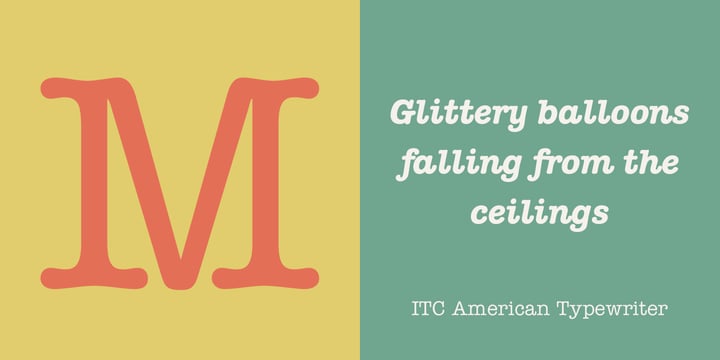
I got prompted a couple of times whether I wanted to overwrite some files - I figure that some of the extracted fonts had a name clash - but it didn’t seem to be anything I cared about, so I just overwrote them. Matt-gibsons-computer:fonts root# fondu /Library/Fonts/*.dfont As root, I created /usr/local/share/fonts to hold my extracted fonts, then let fondu work its magic: matt-gibsons-computer:~ root# cd /usr/local/share/fonts/ Then I figured I’d put my fonts in a nice, MacPorts-friendly location, carefully not putting them in the /Library/Fonts folder.

On the other hand, it looks like there’s a pre-built package containing fondu available from the fondu site on SourceForge, so it shouldn’t be too much trouble either way. If you’re lucky, you’ll already be a MacPorts user, as that may well be how you got ImageMagick in the first place. I installed my fondu using MacPorts, which was as easy as typing: dfont files, effectively sucking out all the standard font goodness from these “pay no attention to the man behind the curtain” bundles. Unsurprisingly, American Typewriter and the rest of my fonts were in /Libarary/Fonts. If you right-click on a font in Font Book, you can choose “Reveal In Finder” and it’ll show you where the font file is. The Solution Installing Fonduįirst I found out where my fonts were, by using OS X’s standard Font Book application. So, helped by a hint from Peter’s Projects, here’s what I did. On my system the output was a pretty paltry list.

You can check what fonts ImageMagick can see with an IM command like: identify -list Type Dfont files are resource files, effectively directories, which wrap up different varieties of font in a single bundle. The fundamental problem is that ImageMagick doesn’t understand the OS X font format, dfont.


 0 kommentar(er)
0 kommentar(er)
